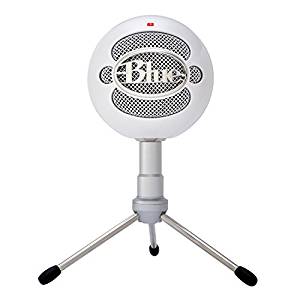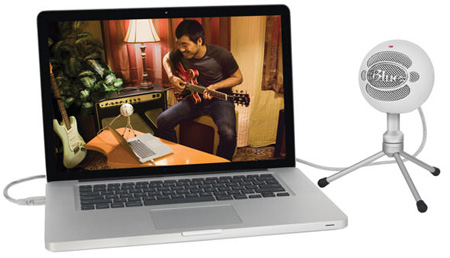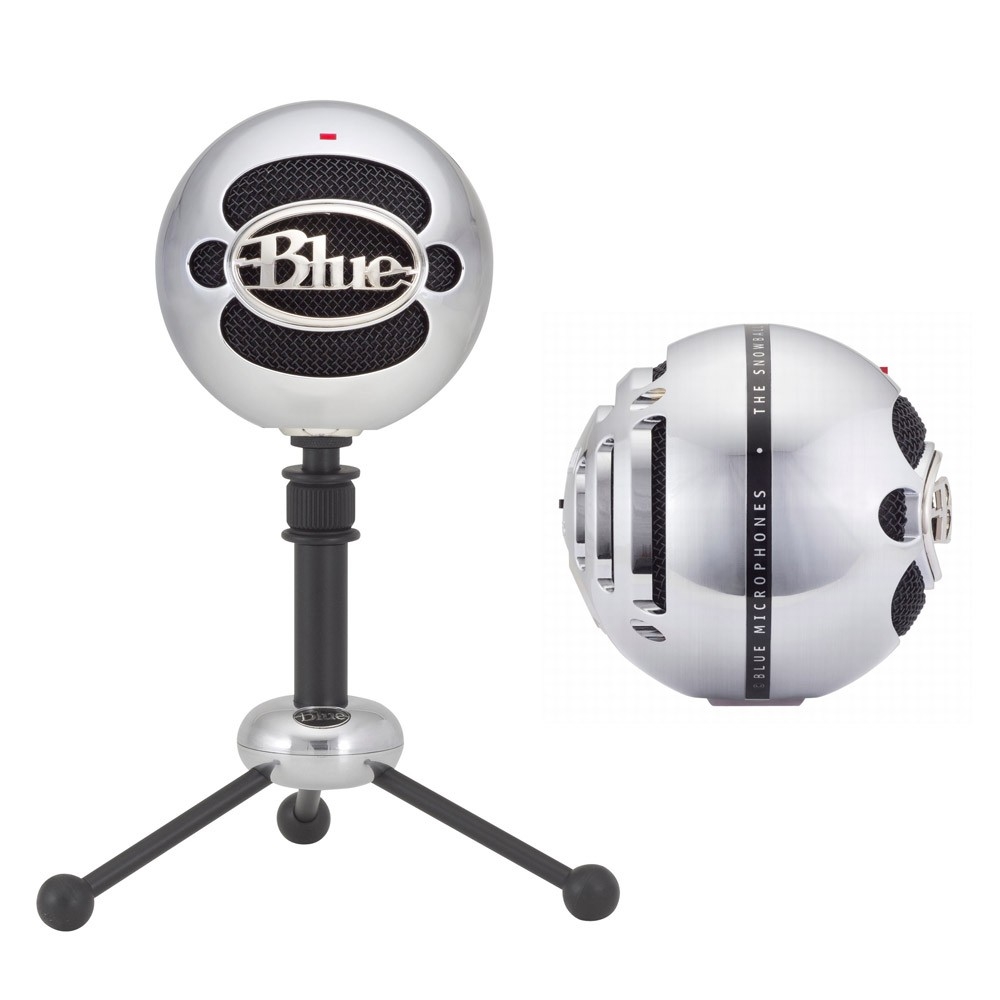

So it becomes a matter of whether you only need a cardioid pickup pattern, or you’d prefer to have omnidirectional too, which you’ll get from the higher-end Snowball. Except for a bit of fussing to get the best sound out of it, we would recommend this as a great pick for first-time streamers or recording rookies - if there wasn’t already a slightly more feature-complete version for just $10-$15 more. Plus, it looks like Codsworth and that’s frankly charmed us.īut the line between the Snowball and Snowball Ice seems an arbitrary division.

You can stuff it into bags time and time again, and it’ll still be fit for purpose. You can knock it around and it won’t show damage. I can’t quite understand why Blue thinks they both need to exist - is anyone really that specific about how much they’ll spend on a mic? Bottom Lineīlue’s Snowball Ice is a really affordable little soldier of a USB mic. However, for around $10 more, the non-icy Snowball seems to melt into the Snowball Ice’s appeal. In the absence of any other polar patterns to switch between or a mute button, all you need to worry about is placing it. That’s really all there is to the Snowball Ice on the physical features front too - a USB connection and a red indicator light at the front.
Blu snowball ice driver install#
In that sense, setup really is as simple as hooking up a free USB port.Īnd unless the software in question’s offering something really valuable and easy-to-use, like the Yeti X’s Blue VO!CE suite or Elgato’s Wave Link for the Wave:3 - and let’s face it those two are rarities - we’d always rather not have to install more bloatware to control the exact RGB setting of the mute indicator. Refreshingly, the Snowball Ice doesn’t require any software at all - not even a driver. It needs some coaxing to achieve the best results. Yes, there’s YouTube help out there - help, in fact, that this reviewer called upon to find the optimum sound - but this isn’t quite the out-of-the-box solution one might think it is. However, we call into question how well-equipped a newcomer might be to hitting on these rather finicky settings. That’s not a problem for streaming over compressed formats like Twitch, but outside of real-time broadcasting the keen-eared will hear a difference. That’s most evident up in the top-end of the EQ spectrum, where breathier details of the voice can get lost.
Blu snowball ice driver full#
In those conditions, you get mic quality comparable to other Blue mic models, though the reduced frequency response range of 40Hz –18 kHz (versus the full 20-20 on the rest of the Blue range) means you don’t capture quite the same fidelity. In fact, as has been discovered by several YouTubers who use the mic, placing the Snowball Ice at a jaunty 45 degree angle to your mouth and talking just above it from about 6-8 inches away provides the best results. The mic is also prone to popping plosives, so with no pop shield included you’ll need to aim your voice slightly above the mic. If you’re further out than about 8 inches, you lose the focussed sound and too much room reverb creeps in. But this seems to have a wider-than-average listening range for a cardioid mic, and unless you arrange it just right it can sound very roomy. With a cardioid and only cardioid polar pattern to work with, you should be able to point the mic in your vicinity and get something decent. Getting a great vocal recording out of this spherical budget proposition is possible, but it requires a deft touch. That said, you will have to do some fiddling when it comes to sound. The last thing you want before the first time broadcasting yourself is to spend half an hour googling what ‘cardioid’ means. While that stripped-down feature set might feel limiting to experienced streamers or home sound engineers looking for studio-quality instrumental recordings, the simplicity will feel welcome to newcomers.

You just get a mini-USB cable leading out to your PC. There’s no gain control, no polar pattern switch, no mute. This being at the budget end of Blue’s range, it’s not overflowing with features.


 0 kommentar(er)
0 kommentar(er)
